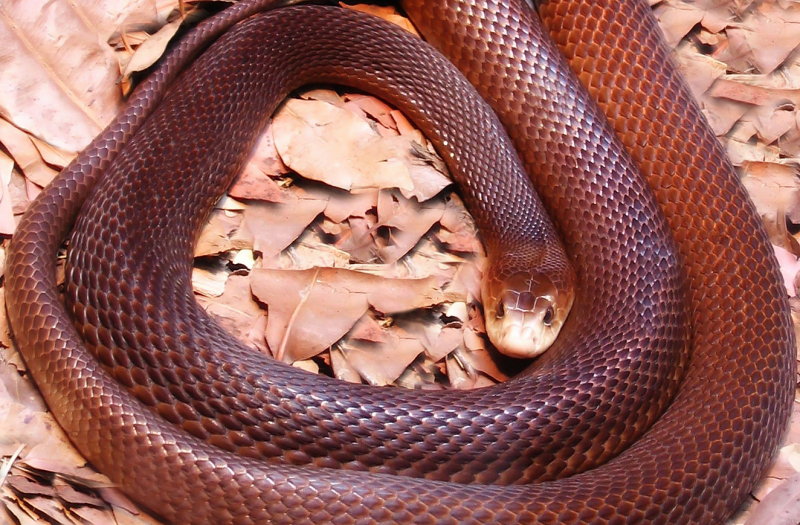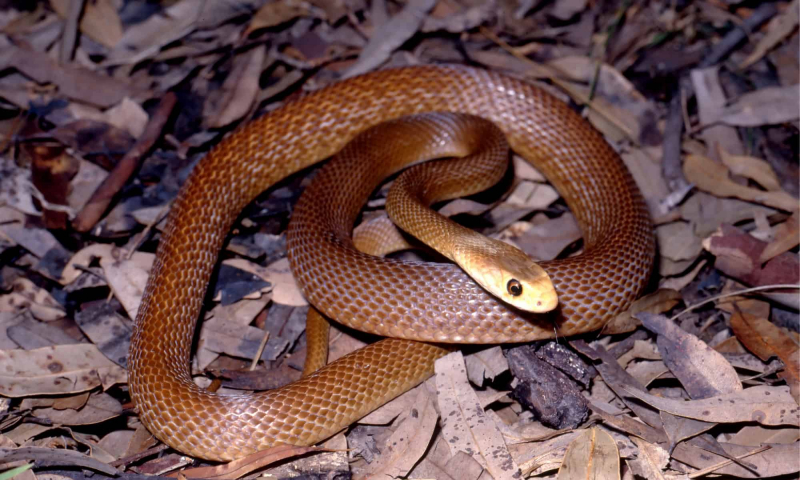Coastal Taipan
The Coastal Taipan, a type of highly venomous snake in the family Elapidae, is also known as the coastal taipan. The species, which Wilhelm Peters first described in 1867, is indigenous to the coasts of northern and eastern Australia as well as the island of New Guinea. The coastal taipan, the second-largest venomous snake in Australia, averages about 2m in length, with the longest specimens reaching 2.9 m. Its underparts are paler than its upperparts, which are light olive or reddish-brown. The International Union for Conservation of Nature rates the snake as a species of least concern.
Although its name would imply that it primarily frequents coastal areas, the coastal taipan is found all around Australia. This very venomous snake, sometimes known as the common taipan, may kill up to 56 people with just one bite! The coastal taipan is undoubtedly a snake to stay away from because of its exceptionally low LD50 value and the relatively modest amount of venom it injects in comparison to other dangerous snakes.
The neurotoxins in the venom of coastal taipans may permanently change your body if you are bitten by one. In fact, respiratory paralysis and kidney damage could still happen to those who sought medical attention within two hours of being bitten. Though there have been instances where victims have passed away from the bite in under an hour, therefore it's imperative to get medical help right once if you suffer from this snakebite!












